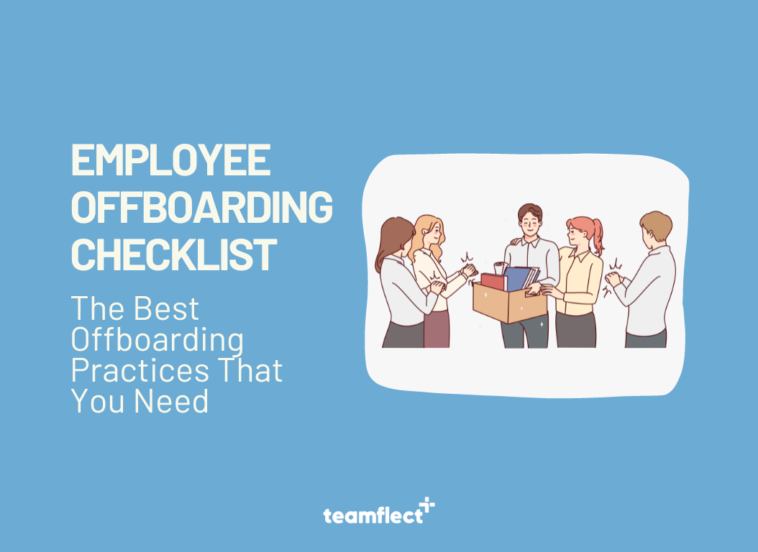Employee offboarding is often overshadowed by its counterpart, employee onboarding but it is as strategic as onboarding practices and it deserves equal attention.
It’s imperative to understand what employee offboarding entails and what it does not. Offboarding is not a confrontational or neglectful process and it protects employers from legal pitfalls.
In our article, we aim to provide you with a comprehensive guide to employee offboarding by including an employee offboarding checklist, offboarding best practices and the common offboarding mistakes.
So, without further ado, let’s get started!
Table of Contents
There is an easier way…
You can optimize your employee offboarding process with our cutting-edge performance management software for Microsoft Teams.
Use Teamflect and seamlessly transition from one employee to the next while protecting your company from legal risks. Try Teamflect for a smoother and more efficient employee offboarding experience.



